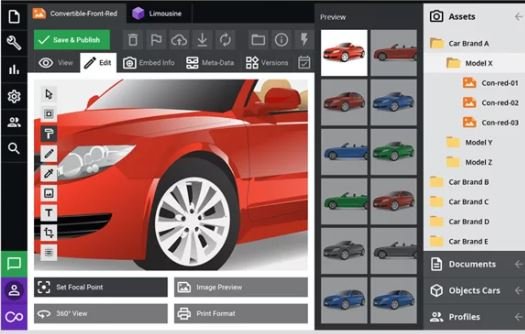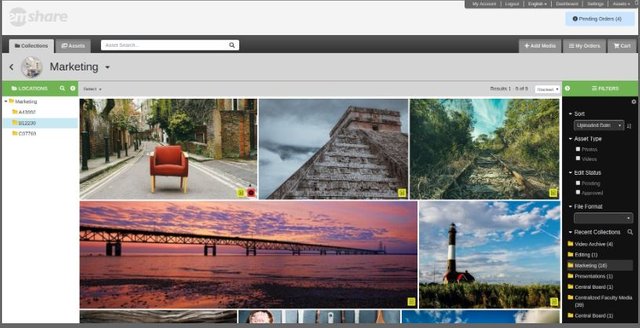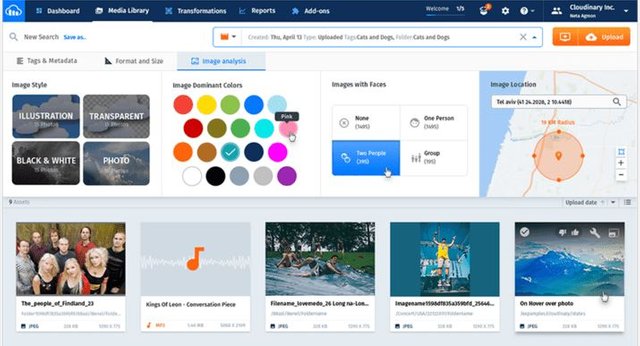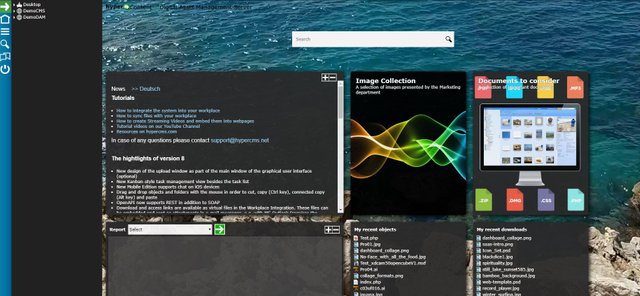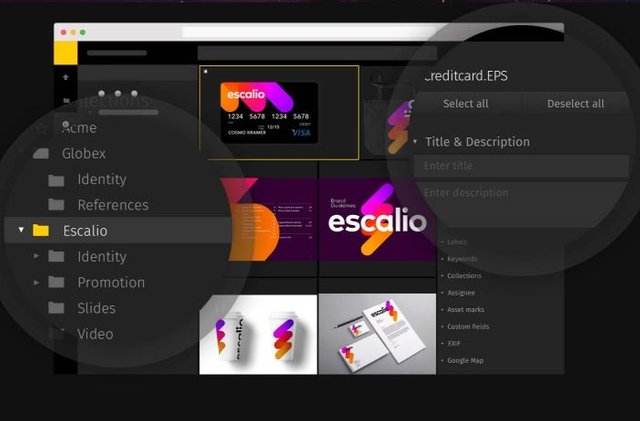Digital asset management (DAM) is a set of practices and tools you can use to manage, store, categorize, access, and deliver digital media assets. DAM solutions serve as a centralized asset library that can be accessed by asset managers, stakeholders, employees, clients, and contractors. You can use these solutions to store a range of assets, including images, video, audio, documents, creative files, and presentations.
How To Choose a Digital Asset Management Solution
There are many digital asset management solutions available for you to choose from, offering a range of unique services. To ensure you end up with the right solution for you, it’s important that you thoroughly evaluate your needs and options. The following steps can help you in your decision-making process.
Audit your existing assets and goals
Before you can select a DAM solution, you need to understand what assets you have, how you are currently managing assets, and what your goals are. Start by creating an inventory of your current assets, including asset types, origins, storage methods, and users. Next, determine who is currently responsible for overseeing asset management and what processes they are using. Finally, determine what your current and future goals are for adopting a DAM solution.
Once you have this information, you can determine functional requirements for any solution you choose. You can also begin narrowing down your options by eliminating any solutions that do not fit your needs or goals.
Evaluate your tooling and environments
As part of your audit, you should have uncovered any tooling that you are currently using to manage assets. You also need to determine what tools are being used to create and access your assets. Once you understand which tools are vital to your processes and workflows, you can verify whether these tools integrate with DAM solutions.
Likewise, you should evaluate your current infrastructure and environments to determine how compatible solutions are. DAM solutions should be able to support any resources you’re currently using, including across cloud storage and on-premises machines. Additionally, keep in mind that while a DAM tool helps you manage your asset, it does not function the same as project management tools.
Ensure vendor familiarity with your needs
Different industries have different regulations, needs, and expectations for how assets should be handled and managed. While you can adopt a generic solution, you are much more likely to be successful if you find one that is more customized. At the very least, make sure that the vendor of whatever solution you choose is familiar with your industry and organization and its requirements.
It's a good idea to reach out to current, comparable customers of any solution you’re considering. You can then ask how their experiences were and get a better idea of how well the product is supported and maintained.
Top 5 Free Digital Asset Management Software
The following are some of the top free DAM solutions currently available. The information below can provide a good place to start your search.
1. Pimcore
Pimcore is an open-source digital experience platform that you can use to create a repository of your assets. You can use it to manage and consolidate assets of any type or volume. It integrates with AWS and Azure as well as a variety of tools via API.
Features of Pimcore include:
- Document uploads
- Workflow management
- Metadata for tagging, copyright information, and image descriptions
- Remote access
- Customer portal separate form organization portal
- Advanced search functionality
2. Entermedia Database
entermedia database is an open-source, Java-based DAM solution. You can use it to manage digital assets and edit media using built-in design applications. You can use it as a software as a service (SaaS) offering or with on-premises hosting.
Features of Entermedia database include:
- Document uploads
- Metadata management
- Workflow management
- Batch processing
- Customizable user interface
- Access control management
- Performance and metrics tracking
3. Cloudinary
Cloudinary is a proprietary, cloud-based DAM solution that offers a free tier. It enables you to tag, search for, and retrieve assets with the help of built-in AI technologies. With it, you can collaborate across teams and analyze usage data.
Features of Cloudinary include:
- RESTful APIs
- Customizable upload widgets
- Dashboards with performance visibility and reporting
- Automated optimization
- Built-in tools for media editing
- Video transcription and adaptive streaming
- Automated backup and versioning
4. HyperCMS
HyperCMS is a proprietary DAM solution that you can self-host for free. You can use it for digital asset management as well as content management. You also have the option of using HyperCMS as a cloud-hosted service for a fee.
Features of HyperCMS include:
- Integration with CRM, ERP, and eCommerce tools
- Integration with Adobe CS, OpenOffice, and MS Office
- Collaborative workflows with process approval
- Direct sharing to social media
- Customizable customer portals
- Media editing via built-in EasyEdit interface
5. Pics.io
Pics.io is a proprietary solution you can use via a free tier. It is a cloud-based system built on top of Google Drive. You can use it to streamline workflows and increase productivity.
Features of Pics.io include:
- Unlimited storage
- Fast uploads
- Account and user access management
- Batch processing
- Advanced search functionality
- Centralized project communication
- Integration with Zapier, Slack, G-Suite, and Adobe CC
Conclusion
Once you have done your research, and have narrowed down your options, you can benefit from free trials or demos. These can provide a more realistic idea of how functional a system is, how easy or difficult it will be to migrate, and how easily you can maintain the solution after migration.
Demos are also your chance to see the quality of support and training that the vendor offers. If you have a negative customer experience during a trial, it is unlikely to get better once you’ve adopted the solution.

